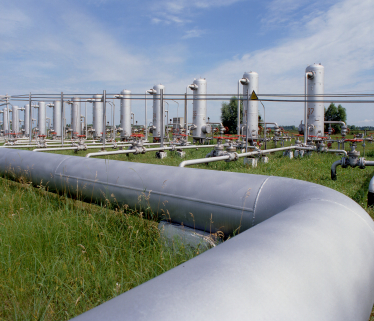
On September 21st, 2022, U.S. Senator Joseph Manchin (D-WV) released the text of his permitting reform legislation, the Energy Independence and Security Act. Democratic leadership agreed to include energy infrastructure permitting reform in a continuing resolution (CR) to extend government funding before the end of the fiscal year on September 30 to win Senator Manchin’s support for the Inflation Reduction Act. The Act intends to streamline the approval process of energy projects by federal agencies and clarifies the jurisdiction of certain energy projects. The proposed permitting reform would expedite the approval of the controversial Mountain Valley Pipeline. Opposition from some Democrats would have required many Republican votes for its passage, which failed to materialize, forcing Senator Manchin to pull the bill. Even so, it has the potential to be re-introduced later this year for passage. As a result, we summarize its key goals:
Sets timelines for reviews and litigations
The Energy Independence and Security Act would help to streamline the federal approval process for major energy infrastructure projects and accelerate agency reviews of these projects. It establishes a timeframe for completing National Environmental Policy Act (NEPA) reviews for significant energy and natural resource projects, with an environmental impact statement (EIS) taking two years and an environmental assessment (EA) taking one year. All other permits must be issued within 180 days of completing NEPA reviews. A lead agency must be designated and assigned responsibilities for coordinating project reviews and ensuring an efficient, comprehensive review process. Finally, the Act establishes a 150-day statute of limitations for suing over projects, and courts are required to set a time limit of no more than 180 days for them to act on judicial decisions that remand to the agency or vacate issued permits.
Establishes a list of priority projects
The President must maintain a list of 25 strategically important energy and natural resource projects in consultation with the secretaries of Energy and Interior, the EPA administrator, and the chairman of the Federal Energy Regulatory Commission (FERC). The priority objectives are to reduce energy prices in the United States, reduce greenhouse gas emissions, improve electric reliability, advance emerging energy technologies, strengthen domestic energy supply chains, and create jobs paying prevailing wages.
Defines FERC’s jurisdiction
There is currently no clear delineation of which federal agency has jurisdiction over hydrogen infrastructure, which makes it challenging to plan for the future. The Energy Independence and Security Act seeks to address this issue. Under the reform, FERC would have the authority to regulate interstate hydrogen infrastructure under the Natural Gas Act through the Energy Independence and Security Act. The reform amends the definition of “natural gas” in the Natural Gas Act to include “hydrogen mixed or unmixed with natural gas.” the legislation grants FERC the right to direct the construction or modification of electricity transmission lines that are in the national interest. The Act requires FERC to ensure that project costs are borne by customers who benefit from the line and approve utility payments to affected jurisdictions.
The Energy Independence and Security Act is worthy of examination, whether or not it passes soon. If the proposal is not incorporated into the CR, it will likely serve as the foundation for future negotiations, whether in the lame-duck period or in the next Congress session. The outcome of the midterm elections will determine the course of those negotiations.
At ADI Analytics, we follow energy policies carefully. Consider subscribing to our newsletter to stay up to date with the latest industry insights.
– Manuel Diaz



















